Global Markets: Stocks slip, yields climb on oil, economy worries
A two-day stock rally lost steam Wednesday, as Wall Street turned lower and Treasury yields regained ground as the prospect of higher oil prices and continued Federal Reserve rate hikes weighed on investors.
U.S. stocks stepped back from steep losses but remained lower in midday trading, after opening the fourth quarter with surging gains over the last two days. The Dow Jones Industrial Average was last down 0.22%, the S&P 500 fell and the Nasdaq Composite dropped 0.69%.
At the same time, U.S. Treasury yields reversed two days of losses to resume an upward climb as investors lost hope the Fed might be ready sooner to ease up on higher interest rates in its inflation battle. The yield on benchmark 10-year Treasuries , was up 16 basis points to 3.7729%.
Also Read: Global Markets: Dust settles on stocks surge, OPEC+ talks supply cuts
The dollar index, which tracks the greenback versus a basket of six currencies, regained 1.12% to 111.291 after two days of sharp declines.
Stocks surged earlier in the week on some signs that the economy was slowing, in turn hinting central banks could begin preparing to back away from persistent interest rate increases.
But that hope took a blow Wednesday on several fronts. The Bank of New Zealand stuck with a sizeable rate hike, the ADP National Employment report showed private employment rising by more than estimated in September, and the Institute for Supply Management reported the service sector shrank less than expected in September and employment ticked up. That all combined to suggest the economy was not yet slowing enough in response to rate hikes for central banks to rethink their approach.
“The stock and bond rally of the last few days was driven by weaker economic and labor market data. Today, stocks and bonds are both selling off after a more hawkish policy decision from New Zealand and stronger economic data from the U.S.,” said Jacob Manoukian, U.S. head of investment strategy at JPMorgan Private Bank.
“It’s hard to read too much into day to day price moves when markets are this skittish, but the broad driver of markets for the rest of the third quarter will probably be the trajectory of policy rates.”
Also Read: US stocks: Wall Street closes with sharp gains as final quarter begins
Oil prices looked set to enjoy a third straight day of gains, hitting a three-week high after OPEC+ key ministers, known as the joint ministerial monitoring committee, agreed to cut oil output by 2 million barrels per day, which accounts for roughly 2% of global supply.
Brent crude was last up 2.11% at $93.75 a barrel. U.S. crude was last up 1.88% at $88.14 per barrel.
Elsewhere, spot gold traded at around $1,711 per ounce, down about 84%.
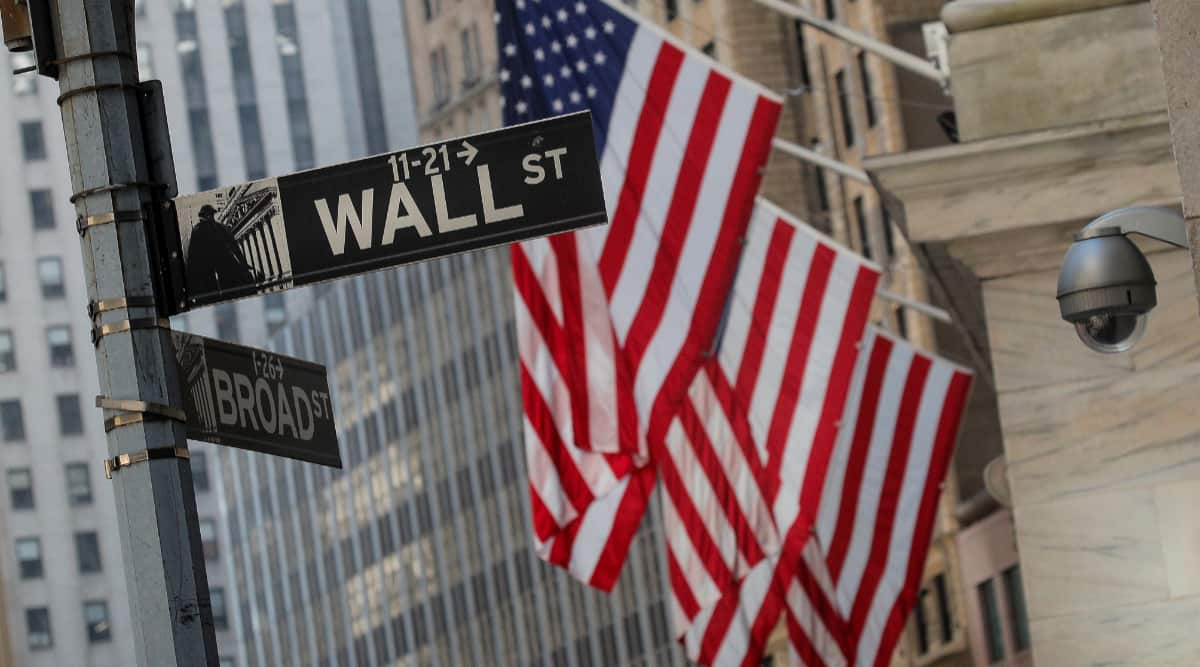
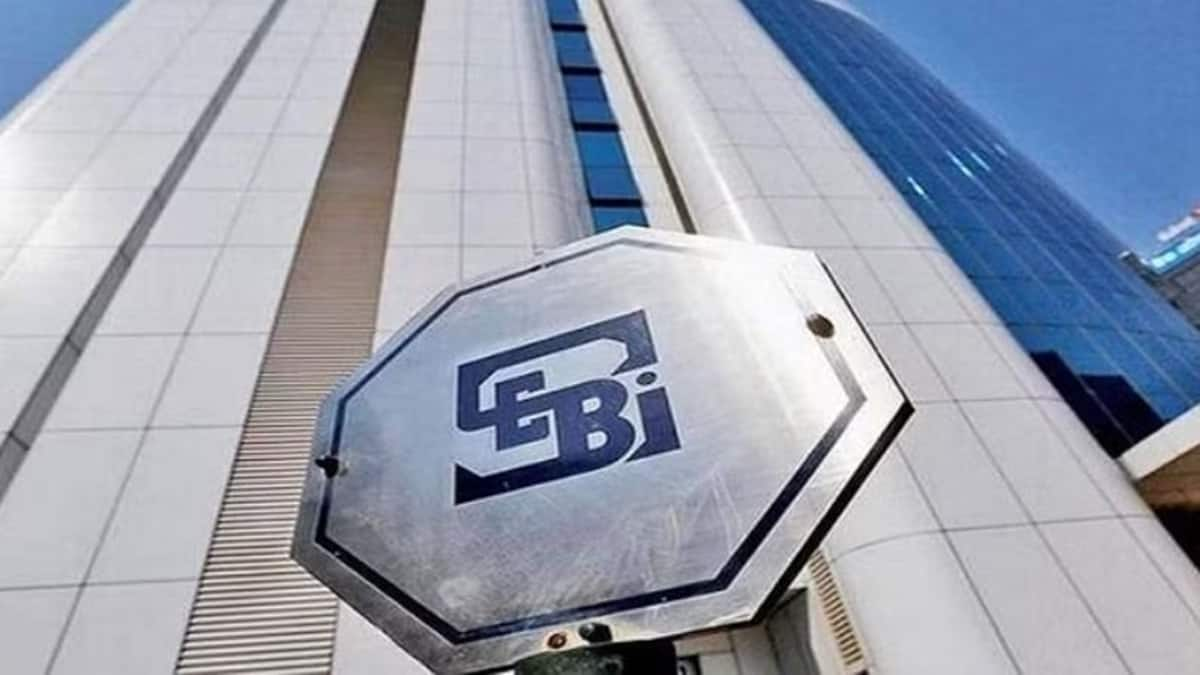


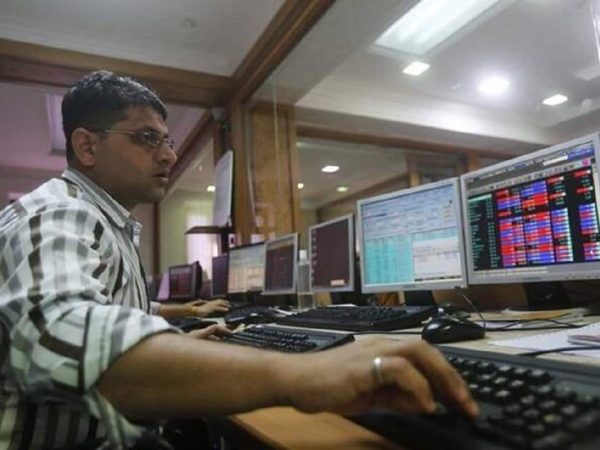

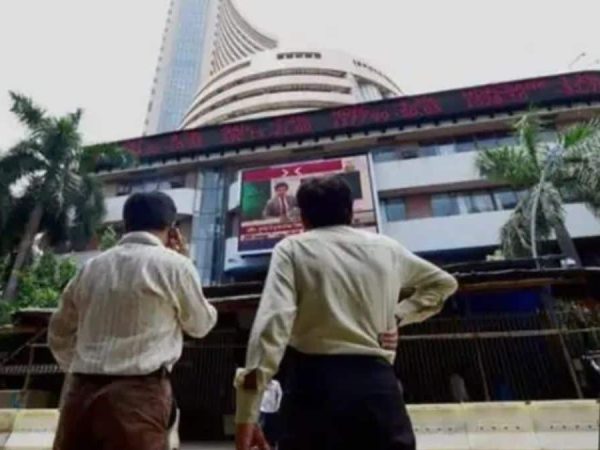
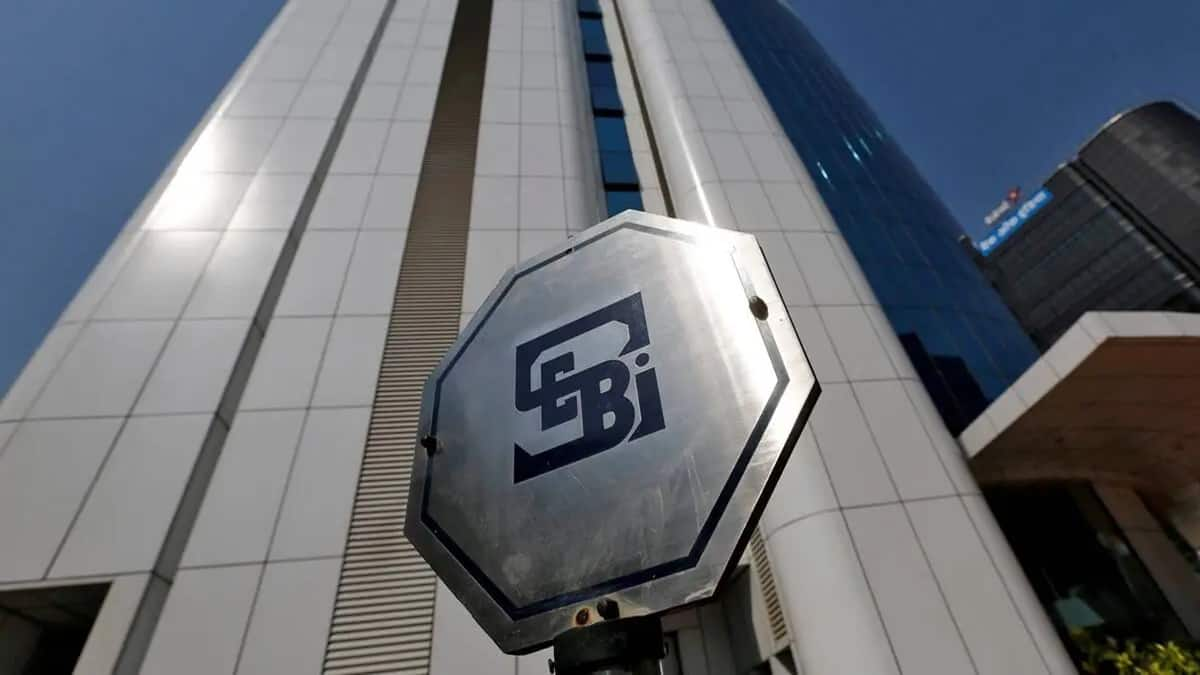


Recent Comments